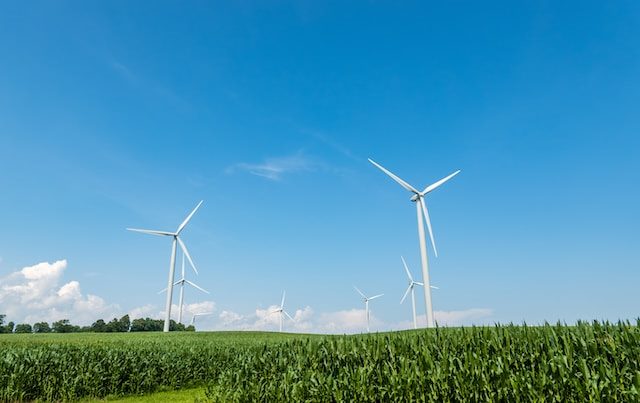
Introduction
In an era where sustainable energy sources are increasingly important, microgeneration and microgrids offer a promising solution. By harnessing the power of wind, we can build resilient energy networks that not only reduce our reliance on fossil fuels but also provide more control and efficiency. In this blog post, we will explore the concept of microgeneration, the benefits of microgrids, and how wind turbines play a crucial role in building a sustainable future.
What is Microgeneration?
Microgeneration refers to the production of electricity on a small scale, typically through renewable energy sources like wind, solar, or hydro power. Unlike traditional power plants that generate electricity in large quantities and then distribute it across the grid, microgeneration systems are decentralized and can be installed at or near the point of use. This means that individuals, communities, or businesses can generate their own electricity, reducing their reliance on the main grid and contributing to a greener and more sustainable future.
Microgeneration systems are often connected to microgrids, which are small-scale power distribution networks that can operate independently or in parallel with the main grid. The combination of microgeneration and microgrids offers several advantages, including increased energy independence, improved grid resilience, and reduced transmission losses.
Benefits of Microgrids
Microgrids provide numerous benefits for individuals, communities, and businesses. Here are some key advantages:
1. Energy Independence
By generating their own electricity, microgrid owners can reduce their dependence on traditional power sources and the associated costs. This energy independence also provides a buffer against power outages or disruptions in the main grid, ensuring a continuous supply of electricity when it is needed the most.
2. Grid Resilience
Microgrids are designed to be self-contained and capable of operating independently from the main power grid. This makes them more resistant to natural disasters, cyberattacks, or other disruptions that may occur at the macro grid level. In the event of a power outage, microgrids can continue supplying electricity to critical loads such as hospitals, emergency services, or essential infrastructure, improving overall grid resilience.
3. Increased Energy Efficiency
Microgrids optimize energy usage by distributing power at a local level. This reduces transmission losses that occur when electricity travels over long distances through the main grid. By keeping the energy generation closer to the point of consumption, microgrids minimize loss and improve overall energy efficiency, leading to cost savings and reduced environmental impact.
Wind Turbines in Microgeneration
Wind turbines play a vital role in microgeneration systems, especially in areas with suitable wind resources. These towering structures consist of a rotor with two or three blades that spin when the wind blows. The rotor is connected to a generator, which converts the kinetic energy of the rotating blades into electricity.
One of the key advantages of wind turbines is their ability to generate clean, renewable energy. Unlike fossil fuels, wind energy does not produce harmful greenhouse gas emissions or contribute to air pollution. Additionally, wind is an abundant and inexhaustible resource, making it a sustainable choice for microgeneration.
When integrating wind turbines into microgrids, several considerations come into play:
1. Wind Resource Assessment
Before installing a wind turbine, it’s essential to assess the wind resource at the intended location. Wind speed, direction, and frequency should be evaluated to determine the turbine’s performance and potential electricity generation. Various tools and resources, such as wind maps and anemometers, can aid in this assessment.
2. Sizing and Efficiency
It’s crucial to select the right-sized wind turbine based on the energy needs of the microgrid. Oversized turbines may lead to excess energy wasted, while undersized turbines may not meet the demand. Additionally, considering the turbine’s efficiency ensures optimal electricity production and maximum utilization of the wind resource.
3. System Integration
Wind turbines need to be integrated into the microgrid system effectively. This includes connecting the turbine to the microgrid’s electrical infrastructure, such as inverters and energy storage systems. Proper integration ensures smooth operation, energy balancing, and power quality management within the microgrid.
4. Maintenance and Monitoring
Regular maintenance and monitoring are essential to keep wind turbines operating at peak performance. This includes inspection, cleaning, and servicing of the turbine components, as well as monitoring energy production to identify any discrepancies or potential issues. Following manufacturer guidelines and seeking professional assistance can help ensure the longevity and reliability of the wind turbine.
Conclusion
Microgeneration and microgrids have the potential to revolutionize the way we generate and distribute electricity. By harnessing the power of wind through wind turbines, we can build resilient and sustainable energy networks that reduce our carbon footprint, enhance energy independence, and improve grid reliability. As technology advances and awareness grows, microgeneration and microgrids offer a promising path towards a greener future.
